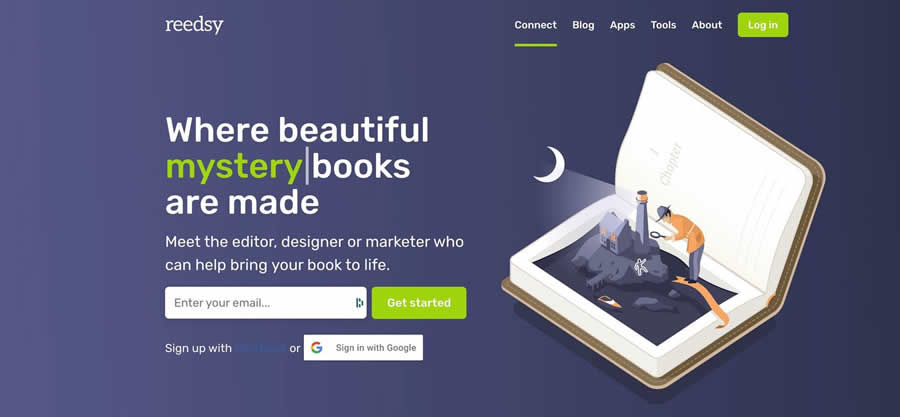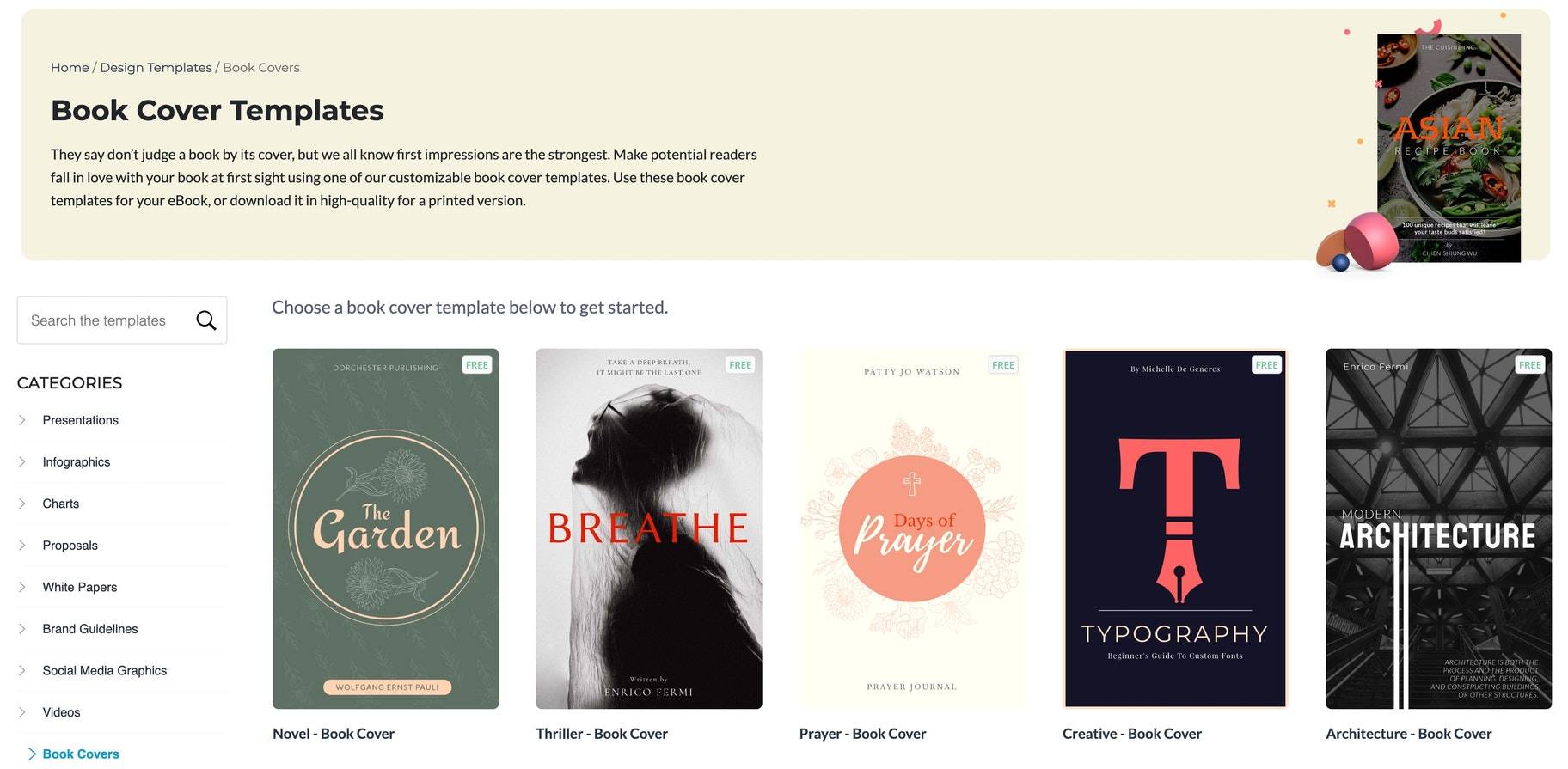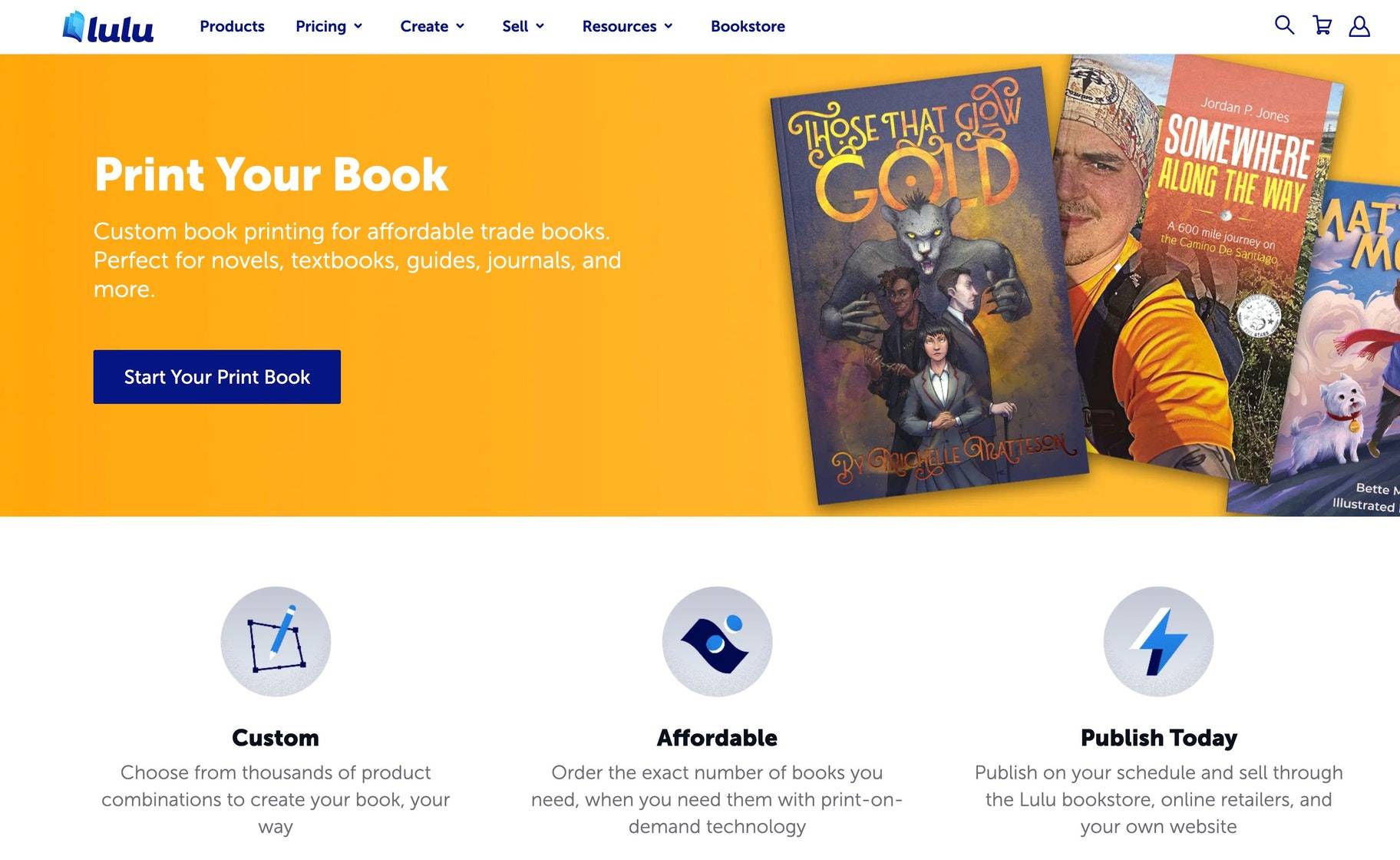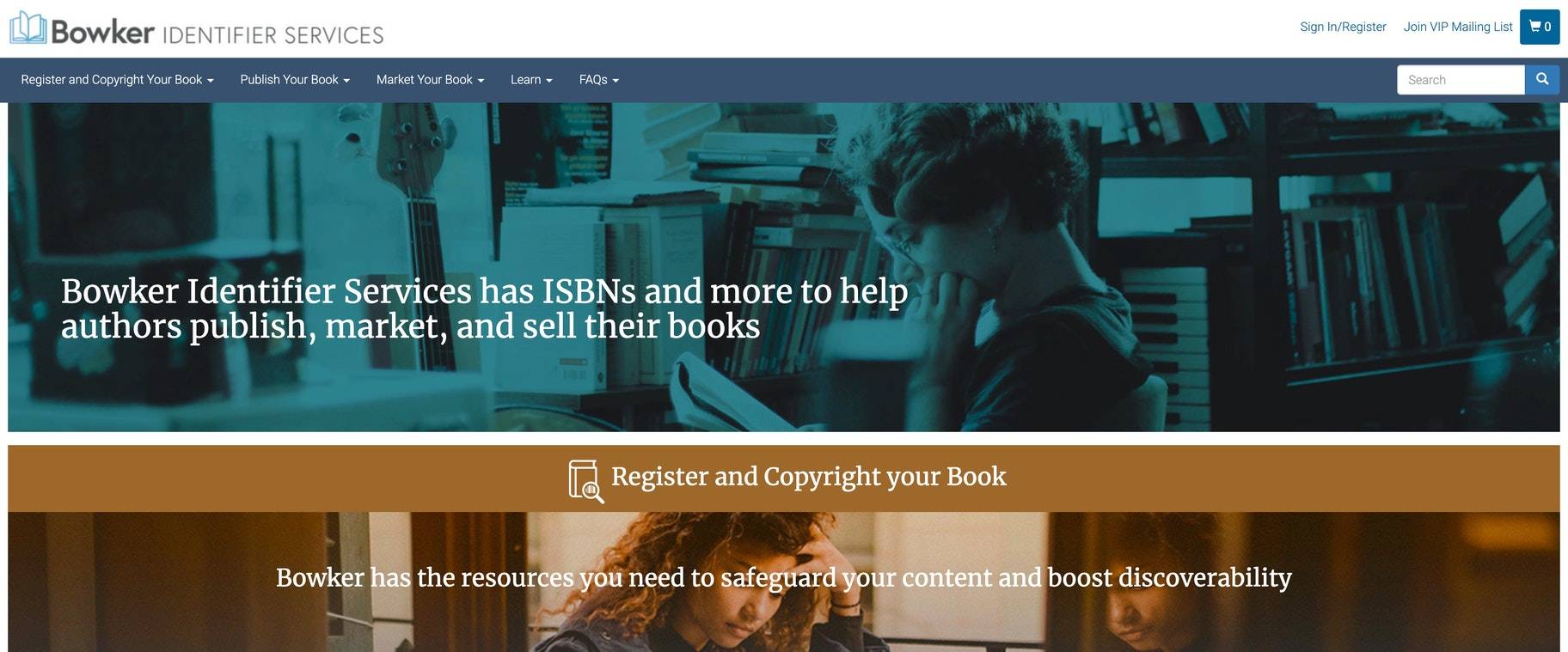Ready to take your writing skills to the next level? Writing a book is one of the ultimate forms of validation—especially if you can make your way to a bestsellers list or two.
But many writers are intimidated and held back by all the hoops they have to jump through to work with a publishing company. From compromising on your work to negotiating terms to balancing the middle man, it can be a lot to handle.
There’s good news. There are plenty of opportunities for you to find success as a self-published author. Of course, this path will still require work. You’ll need to be well-researched, determined, and ready to put in the work.
In this article, we’ll take a high-level look at everything you need to do if you want to self-publish a book.
Step 1: Do market research for your book
As with most things, self-publishing a book requires you to conduct market research. This process involves studying the work of other authors, evaluating their strengths and weaknesses, identifying untapped areas, and establishing their ideal audience. While you may scoff at the idea of doing research, know that understanding your audience early makes it easier to sell your book down the road.
When doing market research for your book:
- Identify your genre. Genre describes a lot more than just the category of your book. Aspects like story structure, writing style, and verbiage can all differ depending on the genre of a book. For instance, a children’s book might describe a stunning outfit as “beautiful and charming,” whereas a murder mystery might describe it as “glitz and glamorous.” Understanding the specifics of your genre will give you a better idea of how to approach writing for your audience.
- Find your niche. While researching your genre, look out for any areas of the subject, the plot, or interest that writers have not covered that fans ask for. Comments on discussion boards or review sites will give you insight into what is most desirable amongst readers.
- Study your competition. Competitive analysis is the study of the strategies used by other people doing the same work as you. By looking through bestseller lists or popular book clubs, you will see the ways other authors succeed that you can use for yourself. This can include aspects like the kinds of values they present or how they set themselves apart from other writers.

Step 2: Edit the manuscript
Editing a manuscript can be the hardest part for budding authors. You may never see your work as fully done, and it can be easy to lose yourself in a cycle of endless rewrites and additions. However, self-publishing does not give you access to a team of professional proofreaders like you’d get through an agency. This means your main editor will always be yourself.
To ensure your book looks just as refined and polished as it would coming from a major publishing house, follow these steps:
Read your manuscript
Before sharing your first draft with anyone, read it yourself, as though you’re a member of your target audience. While it can seem daunting to go back through it all again, a start-to-finish read-through will help you see the entirety of what you have created from a fresh perspective. You can then polish or make adjustments to your work based on your findings.
Have your manuscript read by your intended audience
Search online message boards or review sites for people willing to read your unpolished manuscript and give a fair report on it. These individuals are often known as “beta readers” and hang out in forums like My Writers Circle and Absolute Write Water Cooler. Find someone who is a fan of the genre you chose and have them give you feedback. The goal of this step isn’t to fix mechanical errors or typos but to get an overall feel of the book’s usability as a whole.
Hire a freelance editor
This step should always be your last one, as you don’t want to pay for someone to find the smaller mistakes that you can pick up yourself. Once you and at least one beta reader have checked your work, you can hand it off to an editor for a professional look-over. Reedsy is a great source of editing talent specializing in different genres, while Upwork is great for hiring editors within your budget. Once you hire a freelance editor, you can have them professionally edit your manuscript.

Step 3: Create an eye-catching book cover
Although a traditional adage tells us not to judge a book by its cover, most people do just that. Your cover is the thing that will form their perception of you as they come across it in brick-and-mortar shops, marketplaces, your online store, and every other place where your book will be sold.
Whether you design the cover yourself or hire a freelance, make sure to consider the following:
Is the text visible?
While the image on the front is the first thing to draw attention, make sure it does not obscure other important elements—for example, the book’s title and your name. The title should be clear, visible, and unchecked by any graphics or color. Solid letters in a simple font will always triumph over an ornate and indecipherable script.
Is the design coherent?
Design coherence has a lot to do with the back cover and spine of your book. While these may not be visible in thumbnails, the physical incantation of your book will reveal the back cover design. Many readers care about what the spine looks like on their bookshelf. So follow the same aesthetic as your front cover to ensure the design is consistent.
How clear is the cover image?
If you’re using a graphic, such as a photograph or a piece of art, try to keep it simple. If your cover features an image too busy, colorful, or confusing, it can be immediately off-putting for a potential buyer. It is also important to consider how the image will look when rendered. If you’re planning on selling your book online, the cover image needs to comfortably render to a thumbnail size without losing any fidelity.
When it comes to making the actual cover, you can use freelance resources like Reedsy and Upwork to hire a designer. Make sure you look at all potential candidates’ portfolios of work to help you find the artist who can best capture your ideal vision. Prefer taking the DIY route? Tools like Canva, Fotor, and Visme are great options for bringing your cover idea to life.

Step 4: Choose a self-publishing platform
You’ve reached the point where you’re ready to convert all the elements of your book into a physical product so you can distribute it to retailers and wholesalers. This is where you need to start thinking about the self-publishing platform you’ll use to get from drafting to final enactment. There are a few ways to go about this.
Self-publishing with print on demand
If you don’t have the space to keep several copies of your book as stock, consider going the print-on-demand route. This involves using a third-party publisher to print and ship your books at the point of sale.
Print on demand is an ideal choice for self-publishers—it saves time and money since you can outsource the production and distribution of your products to a third party.
Self-publishing on Amazon via Kindle Direct Publishing
Amazon’s self-publishing platform, Kindle Direct Publishing (KDP), allows users to print their books on demand at the point of sale. KDP’s interface is easy to navigate, and Amazon even suggests books to readers whose interests align with the published genres.
How much does it cost to use KDP?
KDP does print-on-demand fulfillment, meaning you incur charges only after you’ve sold a book. A 60% royalty rate applies to paperbacks sold on the Amazon marketplace using KDP, so you earn 40% of the book’s listed price. Note that printing costs (which can vary based on the number of pages and your paper type) are also deducted from your earnings. Amazon has a printing cost and royalty calculator you can use to estimate the final amount in royalties you’ll receive.
One downside to using KDP is that it has an exclusivity clause for ebooks. In other words, if you sell ebooks on Amazon via KDP, you won’t be able to sell them elsewhere.
Selling in-store with Shopify and Lulu
Lulu is a self-publishing platform that offers tools for printing and distributing your very own ebooks and paperbacks. The platform offers a wide range of page types, bindings, and sizes that give you various options for developing your cover and manuscript into a physical item.
Lulu is ideal for Shopify entrepreneurs looking to self-publish a book. Using the Lulu Direct app on your Shopify store, you can have books printed and shipped at the point of sale, automating the core aspects of your supply chain.

Step 5: Format your book
A book’s format is how the text, pages, covers, and chapters are laid out before printing begins. Though your manuscript may be edited to perfection, make sure to format:
- The height and width of your pages (known as the trim)
- The font, font size, and line spacing of the text
- The book’s front matter (everything that comes before the story begins, such as the title page, author page, publishing info, and table of contents)
- The back matter (everything that comes after the story, such as appendices, indexes, and bibliographies)
Besides these elements, your book needs to have an ISBN (International Standard Book Number). This is a 13-digit code that serves as a universal reference number for your book across different platforms. The ISBN also acts as proof of ownership over the book’s content, so it is crucial for self-publishers to have.
You can get a free ISBN for your book through Kindle Direct Publishing. If you’re using another self-publishing platform that doesn’t offer one, you can request a universal ISBN through myidentifiers.com.

Now it’s time to get going
Now that you know all the basic steps to self-publish a book, it’s time to get your hands dirty. Keep doing your research and finding the right partners and platforms for your goals.
Start having conversations with potential editors, graphic designers, or promotional partners you might want on your team. Dig into self-publishing platforms to see which feels the most promising.
The groundwork has been laid. The rest is up to you!
Start selling online now with Shopify
Start your free trial



Want to learn more?
- How To Escape the Rat Race (And Never Get Sucked Back In)
- How to Sell an NFT: Guide for 2022
- How to Make Money Podcasting: 6 Best Ways
- Five Tasks Every Entrepreneur Should Delegate